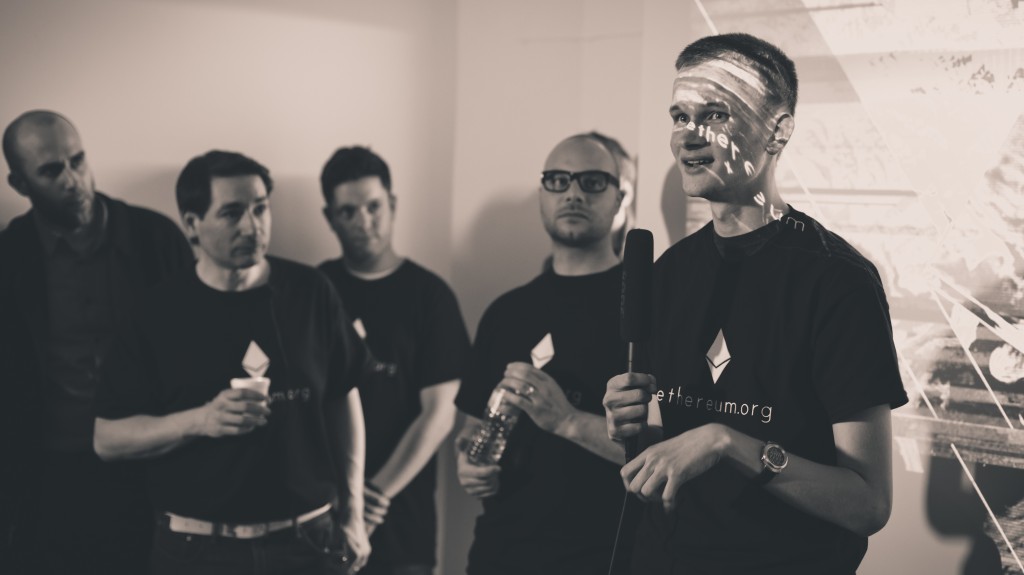Imagine banking systems, social networks and even public organizations that are completely autonomous, transparent and without individual ownership. No one lender could create a mortgage crisis. No government could shut down a service.
This dream is part of what motivates a new generation of software developers who are building on the success of the cryptocurrency Bitcoin to create broader applications for the underlying technology.
Bitcoin is based on the computing concept of the “blockchain.”Blockchains are databases on peer-to-peer computer networks (where machines pool together their powers) made of time-stamped entries called “blocks” that are encrypted and unchangeable, and describe transactions such as money transfers. No one person or system holds the entire ledger of transactions, and no one can falsify a transaction, because everyone in the network helps validate and run the database. In short: ownership is decentralized, and security is bolstered.
In 2013, a young programmer and writer, Vitalik Buterin, wondered if blockchain technology could be used for all sorts of online applications, not just cryptocurrencies or money transfers. He was neither the first nor the last to consider how to do this, but he helped come up with one of the most important non-currency uses of blockchains. Buterin’s project, Ethereum, was launched in 2015 under the stewardship of the Ethereum Foundation, a Swiss non-profit organization, to explore the greater possibilities of decentralized computing power.

Ethereum created the cryptocurrency, “ether”, which is now the second-most valuable after Bitcoin, and also facilitates the development of decentralized applications (dapps) that can be used for all kinds of automated transactions between people, or even objects, without an intermediary. For instance, a rental apartment door that unlocks itself when you pay.
These transactions are carried out by “smart contracts” that execute commands according to rules that are written and disseminated on the Ethereum blockchain.
One company building ambitious dapps is ConsenSys, founded by Joseph Lubin, an early contributor to Ethereum. In addition to concepts for decentralized banking and finance, ConsenSys is working on a decentralized identification system called uPort that could give people verifiable proof of identity even in the absence of a government document.
“uPort is asking, how can the most disenfranchised people among us benefit from these technologies?” says Rebecca Mirigov, head of communications for ConsenSys. “uPort could be incredibly useful in the case of the refugee crisis to be able to verify identity. There’s a lot of possibility for us to give people agency who have been disenfranchised by geopolitics.”
Despite lofty promises of absolute security, one of the hallmark Ethereum projects, The Decentralized Autonomous Organization, a crowdfunding platform that raised more than $150 million, was hijacked in June 2016, the result of a poorly written smart contract.
Enthusiasts insist such attacks fortify Ethereum’s defenses, which is evidenced by high level research and suggestions on how to prevent them in the future.
As the Internet has evolved in the past three decades, just a handful of corporations including Amazon, Google and Facebook have become the main hubs for content, commerce and interaction. Decentralized applications could one day be a challenge to the concentration of information online, for the sake of “a more globally accessible, more free and more trustworthy Internet,” as the Ethereum Foundation describes their own mission.